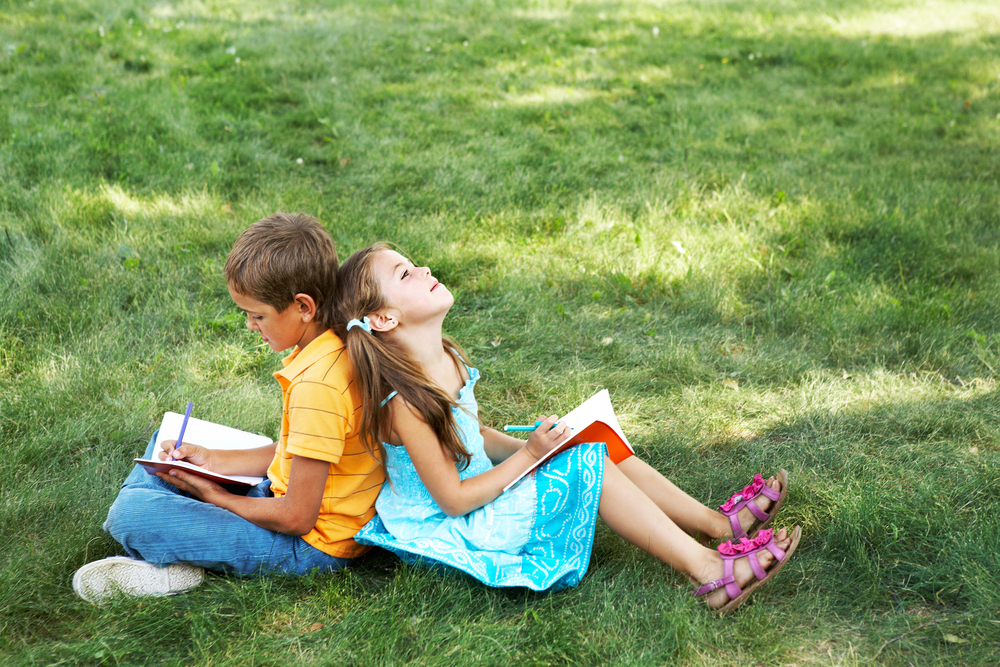Comparing shapes Worksheets for Ages 3-9
6 filtered results
-
From - To
Discover our engaging "Comparing Shapes Worksheets" tailored for children ages 3-9! These interactive worksheets are designed to enhance shape recognition and categorization skills through fun and varied activities. Your little learners will enjoy comparing sizes, identifying similarities and differences, and completing exciting shape patterns. Our carefully crafted resources encourage critical thinking and problem-solving while making learning enjoyable. Perfect for home or classroom use, these worksheets foster creativity and build a solid foundation in geometry. Ideal for preschoolers and early grade students, our comparing shapes worksheets promote essential math skills in an engaging and accessible way. Unlock the joy of learning shapes today!


Twin Shapes Worksheet


Congruent Shapes Worksheet


Comparing Squares Rectangles Worksheet


Twin Shapes Dot-to-Dot Worksheet
Comparing shapes is a vital aspect of early childhood education that significantly enhances young learners' cognitive development. For parents and teachers of children aged 3-9, engaging in shape comparison activities is crucial for several reasons. First, such activities promote critical thinking and problem-solving skills. When children compare and categorize shapes based on attributes like size, color, and angles, they begin to recognize patterns and relationships, laying a foundation for more complex mathematical concepts in the future.
Furthermore, understanding shapes and their differences fosters spatial awareness and reasoning—a skill applicable in various everyday contexts. This spatial understanding is essential for tasks ranging from navigating environments to comprehending geometrical concepts in higher education.
Moreover, comparing shapes encourages language development as children articulate their observations, facilitating vocabulary growth and communication skills. Through discussions about similarities and differences, children also cultivate social skills during collaborative activities.
Ultimately, integrating shape comparison into learning experiences supports a well-rounded education, nurturing cognitive skills, enhancing language development, and preparing children for future academic success. Parents and teachers should actively engage with children in these activities to promote a love for learning and deeper understanding of the world around them.



 Assign to My Students
Assign to My Students





















